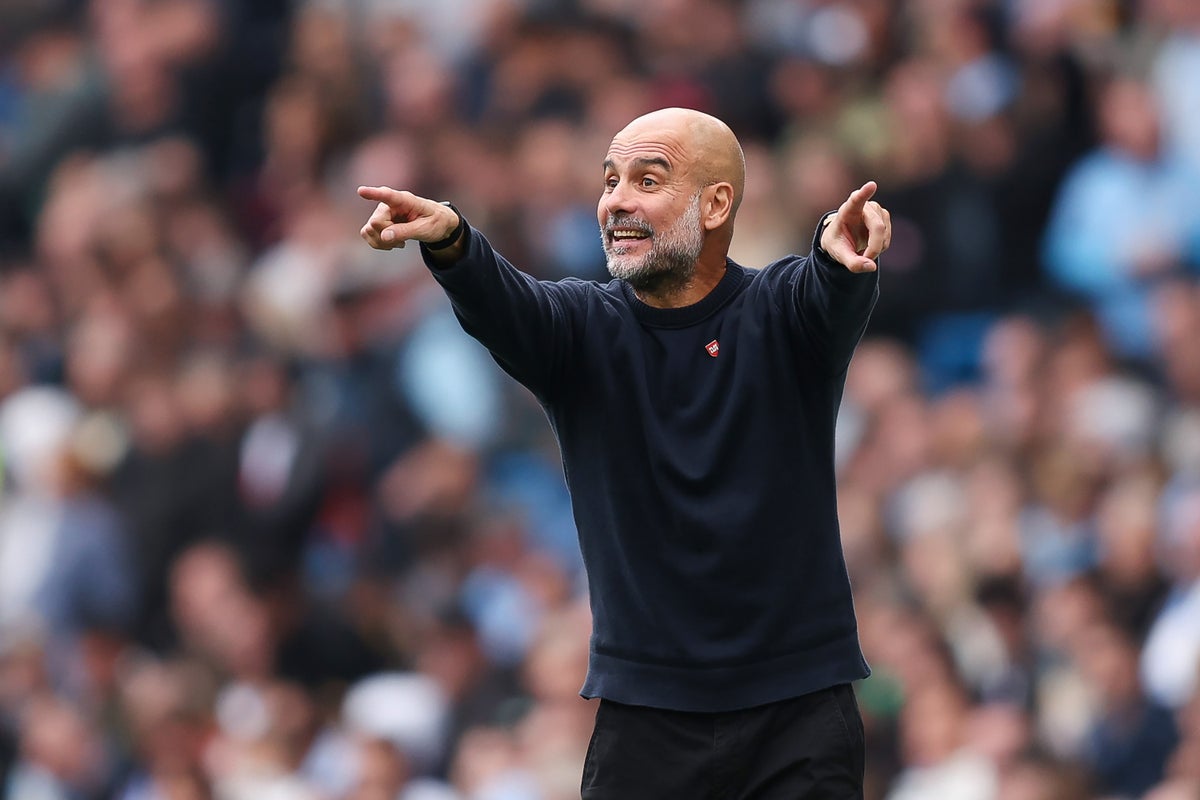Sherlock Holmes endures because Arthur Conan Doyle built a character packed with memorable skills, habits, and lore—then generations of readers and screen adaptations amplified the legend. From methodical crime-scene work to an ear for violin music, Holmes’s world blends science, street smarts, and Victorian London atmosphere. Here are ten concrete facets of the detective and his universe that have kept him fascinating for well over a century.
The Science of Deduction
 Sidney Paget
Sidney PagetHolmes popularized a systematic approach that combines observation, inference, and testing to eliminate impossibilities and narrow down truths. He frequently notes minute physical details—mud spatters, tobacco ash, calluses—and links them to occupations or recent actions using prior study. Many of his explanations model abductive reasoning, where the best-fitting hypothesis is chosen and then verified against new evidence. This method helped shape modern ideas about forensic investigation in popular culture.
221B Baker Street
 Russ Stutler (Wikimedia Commons)
Russ Stutler (Wikimedia Commons)Holmes’s London address, shared with Dr. Watson and landlady Mrs. Hudson, serves as the narrative hub for consultations, experiments, and case briefings. The location’s fame led to real-world landmarks, including a dedicated Sherlock Holmes museum and a steady stream of letters historically addressed to the detective. Stories often open or close in this sitting-room, cementing it as a recognizable stage for clients and clues. The address functions as both character setting and cultural waypoint for fans and researchers.
Forensic Chemistry and Experiments
 Sidney Paget
Sidney PagetHolmes conducts chemical analyses of stains, poisons, and residues, maintaining reagents and apparatus in his rooms. He writes monographs on subjects like cigar ash and typewritten text, cataloguing observations for later reference. In several cases he uses laboratory tests—precipitation reactions, blood assays, or reagent comparisons—to confirm or disprove leads. This practical bench-science characterizes him as a data-driven investigator rather than a purely intuitive sleuth.
Master of Disguise
 Sidney Paget
Sidney PagetHolmes routinely adopts disguises—sailors, grooms, old men—to gather intelligence without alerting suspects. He pairs makeup and costume with dialect shifts and mannerisms to pass casual scrutiny. Disguises allow him to stage controlled encounters, plant decoys, or trail targets through London’s streets and suburbs. Watson and clients often fail to recognize him until he reveals the ruse, underscoring how preparation and performance are tools in his investigative kit.
The Violin and Musical Knowledge
 Tom Purvis
Tom PurvisHolmes plays the violin, using music both for recreation and mental pacing when cases stall. His instrument is worked into domestic scenes at Baker Street, illustrating a private routine behind the public deductions. References to specific pieces and composers show he keeps a listener’s repertoire as well as a performer’s practice. Music marks the rhythm of the stories—quiet interludes before sudden bursts of action.
Baritsu, Boxing, and Physical Prowess
 Sidney Paget
Sidney PagetBeyond intellect, Holmes trains in hand-to-hand combat, including singlestick, boxing, and the self-defence system “baritsu” referenced in the canon. He also demonstrates stamina and agility in foot chases and covert entries. These capabilities enable arrests without firearms and provide credible escapes in perilous encounters. Physical skills complement his strategy, letting him execute plans that require speed and surprise.
Dr. John Watson: Partner and Chronicler
 Sidney Paget
Sidney PagetWatson serves as physician, confidant, and the primary narrator for the cases, shaping how readers learn Holmes’s methods. His medical background contributes battlefield experience, wound care, and pragmatic judgment at key moments. The Watson–Holmes dynamic supplies checks and balances—questions that prompt explanations and actions that anchor dangerous operations. As chronicler, Watson selects and frames cases, preserving the detective’s techniques and results.
Professor Moriarty and the Criminal Network
 Sidney Paget
Sidney PagetHolmes identifies Professor James Moriarty as a mathematician who secretly coordinates organized crime through intermediaries. The figure embodies a “mastermind” model, linking seemingly unrelated offenses under a single strategy. By mapping connections among agents, Holmes targets the network’s structure rather than isolated culprits. This adversarial architecture raises the stakes and emphasizes intelligence-driven policing.
The Baker Street Irregulars
 Richard Gutschmidt
Richard GutschmidtHolmes recruits a group of street-wise boys to act as messengers, watchers, and guides in areas where police attention would be noticed. Their local knowledge and inconspicuous presence make them effective for tailing suspects and sampling neighborhood rumors. Holmes pays them fairly and coordinates tasks with passwords and rendezvous points. The Irregulars exemplify his use of decentralized information-gathering to cover London quickly.
‘Sherlock’ (2010–2017)
 Hartswood Films
Hartswood Films‘Sherlock’ updates Conan Doyle’s stories to contemporary London with texts, GPS, and digital forensics woven into casework. Created by Steven Moffat and Mark Gatiss for the BBC, it stars Benedict Cumberbatch as Holmes and Martin Freeman as Watson. The series adapts canonical plots and motifs—including iconic deductions and adversaries—into modern scenarios while preserving character dynamics. Stylized on-screen visualizations depict Holmes’s thought processes, making analytical steps legible to viewers.
Share your favorite Holmes detail or adaptation in the comments!

.jpeg)



































 English (US) ·
English (US) ·